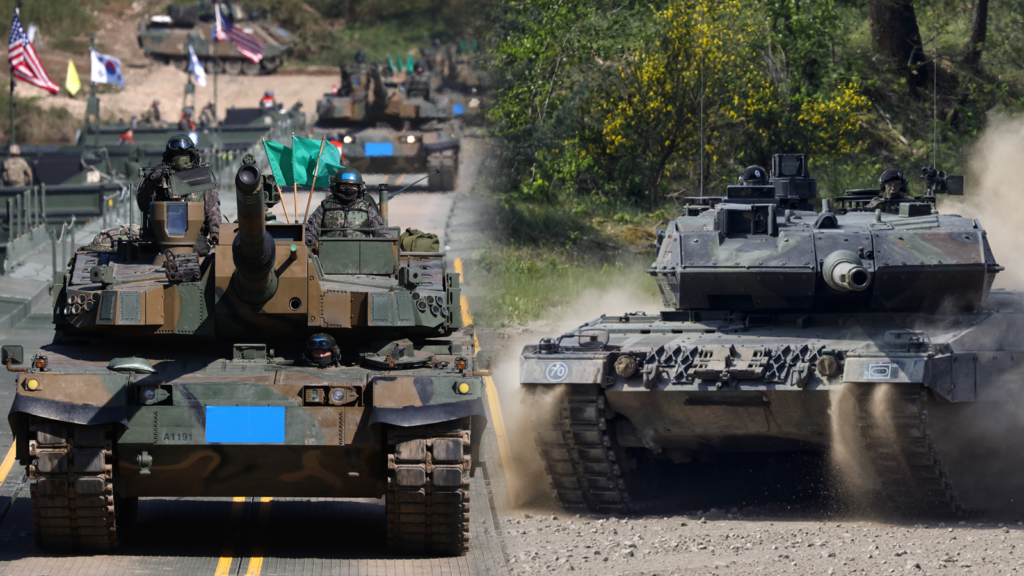TangoTwoBravo
Army.ca Veteran
- Reaction score
- 3,404
- Points
- 1,110
I was going through Coy to Bde level instruction as the US Army was transitioning to the new structures. I was told it initially came from Congress ordering the army to make Divisions smaller - so the service battalions were carved out and placed in formations that were not in the division. The concept has clearly worked, though, and been refined since.An excellent post
The line above got me thinking a little. The US structure differs from ours. For example in an ABCT artillery battalion there is virtually no echelon at the battery (except extra ammo vehicles) and very little at the battalion level. CSS comes from the designated Forward Support Company of the Brigade Support Battalion. I can see how it can work but have a harder time when I look at the structure for a Combined Arms Battalion.
Like the artillery, Armor and Rifle companies have virtually no tail and the battalion's is quite light as well. Again it's the BSB's designated Forward Support company that holds the CSS. My reading of ATP 4-90 (The BSB) indicates that an FSC can (but doesn't have to) break its distribution platoon into squads to support the line companies but that strikes me as an inadequate structure as there are but three squads which are insufficient for building both company A1/A2 and battalion A2 echelons.
I think that the BSB structure in general, in putting all of the CSS personnel and equipment in the brigade, under one battalion commander ought to be highly efficient and allow for maximum flexibility while on the other hand weakening the bond between a unit and its organic CSS. Habitual attachments can solve some of that.
From your experience with the US, Does the overall BSB structure make it actually more efficient in general than our HQ/admin/service support companies and Bde Svc Bn? And does the US FSC function as robustly as our own HQ/admin/svc sp companies at the unit level?

I think that the US method is more efficient, and at their scale efficiencies are important. There is less CSS stuff ambling around well-forward with less transfers of stores. I think our robust tank squadron echelons give us more resilience, but perhaps it is less efficient as a system. The tank sqn OC always has a DOS riding around in the A1 echelon just behind him with another, in theory, in his A2 echelon. It also means we have two somewhat vulnerable CSS elements always well forward. In the US method, on the other hand, the presence of squishy CSS stuff forward is more episodic. I am not saying we should go to their system! Our echelons have served us very well when they have existed.
At the risk of a complete thread derail, when we were conducting mobile operations in summer 2006 I figure we used the US Forward Support Company LOGPAC method with some adaptations (without calling it that). NSE assets occasionally moved with the companies, but they were not going back to get replenished. They were simply extending the endurance of the element. If the time away required it (4DR), then an NSE element came forward to meet the sub-unit somewhere in space and transfer commodities, usually guided out by BG assets.



